Ostracion meleagris
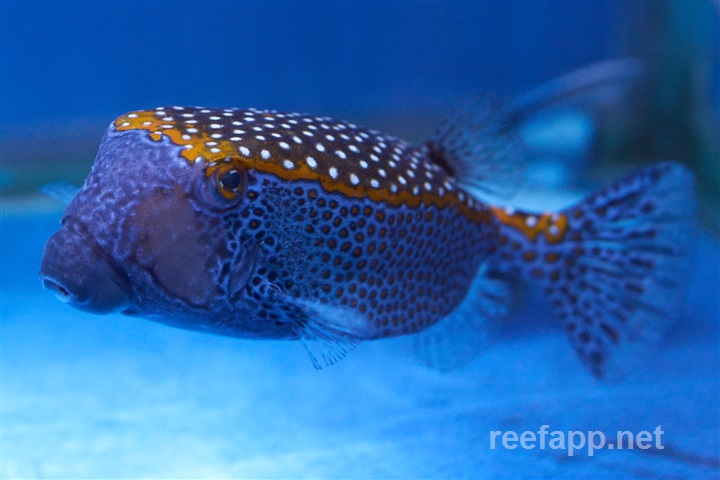
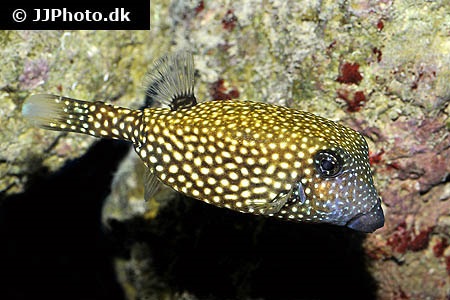
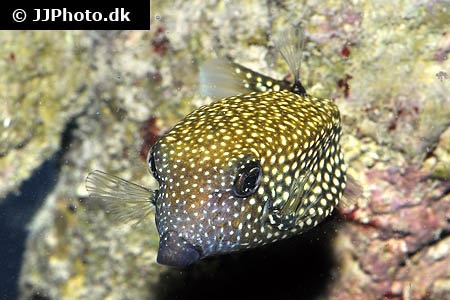
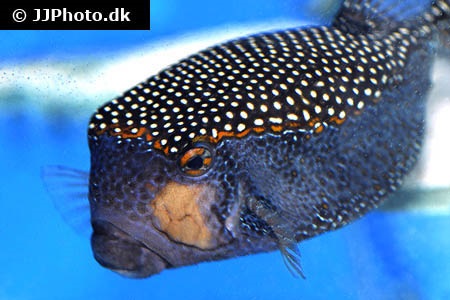
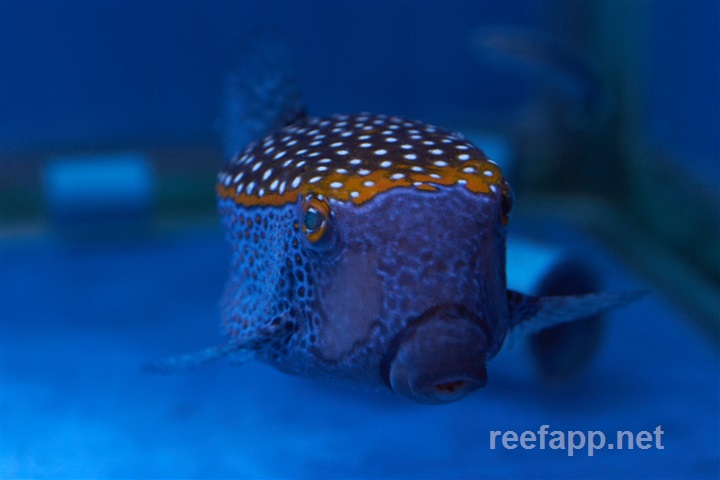
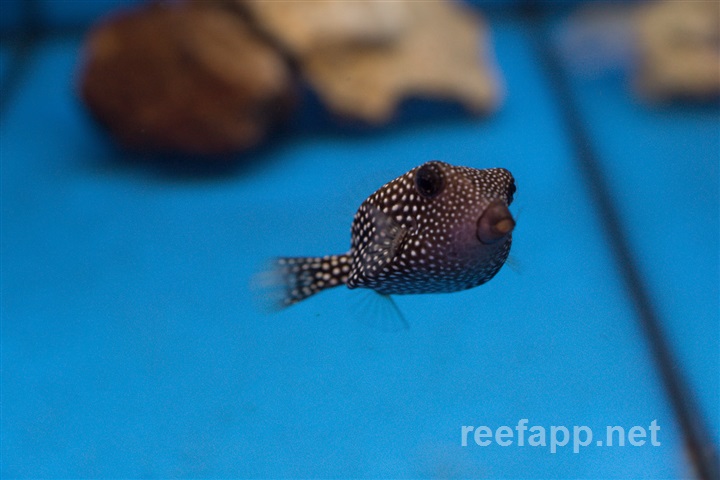
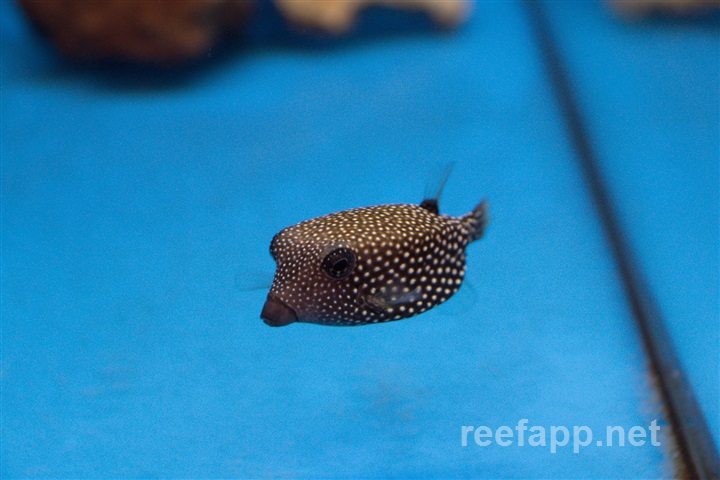
| Latin name | Ostracion meleagris - Shaw, 1796 |
|---|---|
| Local name | Whitespotted boxfish |
| Family | Ostraciidae - Ostracion |
| Origin | East Indian Ocean, West Indian Ocean, Australia, Japan, Indonesia, East Pacific, Central/West Pacific |
| Max length | 25 cm (9.8") |
| Minimum volume |
800 l (211 gal) |
|---|---|
| Hardiness |
Average |
| Suitable for aquarium |
Experience, preparation and extra care required |
| Reef safe |
Not reef safe |
| Aggressiveness | Unknown |
| Recommended |
Macroalgea (Eg. seaweed / nori) Small crustaceans (Krill, mysis, artemia...) |
|---|---|
| Mostly |
Large polyp stone coral (LPS) Other invertebrates Soft coral |
| Maybee |
Larger crustaceans (Shrimp, crabs...) |
This species likes to eat tubeworms.
This species likes eating crustaceans, small bivalves and the like.
This species has a toxin in its skin, which it releases when highly stressed or dying.
This poison can kill all the aquatic life in the aquarium, if unlucky.
This species cannot maneuver in strong currents, especially so when small.
Pay particular attention to the pump’s water inlet as these fish in certain circumstances, can get stuck.
This species often has a fun and interesting personality.
The females are dark with white spots, while the males are blueish with spots on their backs.
Boxfish(Ostraciidae) have a unique square shape and a particular way of swimming.
They have a rather special personality, which one quickly comes to love.
Boxfish live typically off a mixture of algae, coral polyps, zooplankton, and in some cases crustaceans.
They are not normally reef safe and when small will require gentle water circulation.
Boxfish can secrete a poison when stressed or if they die, which can in the worst case, kill the contents of a whole aquarium.
Never use the water the fish was transported in.
| Aquarium trade | Yes |
|---|---|
| Distribution | Indo-Pacific and Eastern Pacific: East Africa to the Mexico, north to southern Japan and the Hawaiian Islands, south to New Caledonia and the Tuamoto Islands. The subspecies Ostracion meleagris camurum is found in the Hawaiian Islands and Ostr |
| English common names |
Spotted trunkfish Spotted boxfish Whitespotted boxfish Black boxfish Box Blue-spotted boxfish |
| German common names |
Weisstüpfel-Kofferfisch Kofferfisch |
| French common names |
Coffre pintade |
| Danish common names |
Blåplettet kuffertfisk |
Bob Fenner. The Puffers Called Box-, Cowfishes, family Ostraciidae - Wet Web Media - (English)
Richard Aspinall. 2012. Oddballs for the Marine Aquarium - Tropical Fish Hobbyist - (English)

